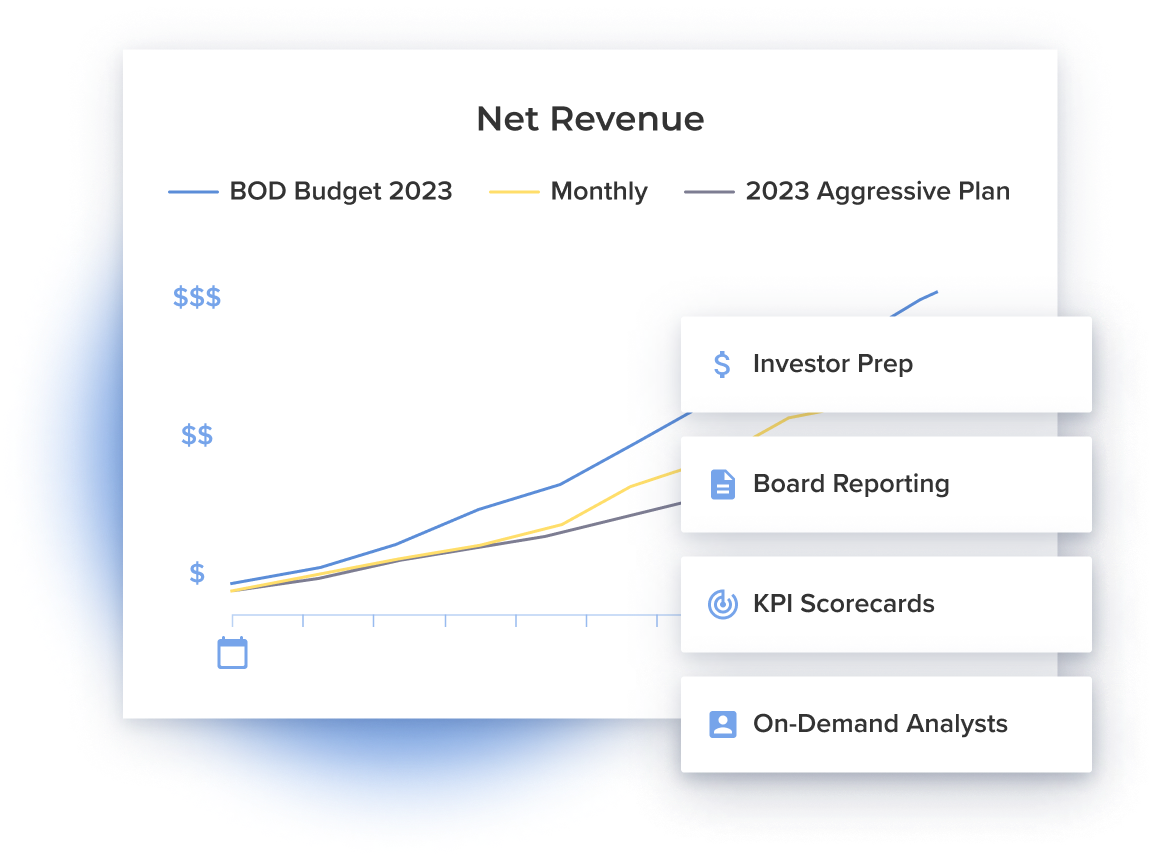Venture Debt
Like the name suggests, venture debt is for VC-backed companies. If you don’t have VC or institutional equity backing already, don’t bother with venture debt firms. The reason is that venture debt funds are ultimately underwriting the likelihood that your institutional investors will write a check for another round and bail them out if things go sideways.
When you first set out to pursue this type of debt, you’ll encounter due diligence requests that will sound a lot like the traditional loan underwriting process. But venture debt actually relies on institutional support, and not all institutional backing is the same. Just took $20 million from Sequoia? The venture debt fund will love you! But if you took $250K from Capital-a-Rama VC, you might not get your e-mail returned.
Pros
- This is a longer-term debt option. Terms typically span 24-36 months.
- Venture debt offers flexible repayment terms, such as interest-only periods and partial amortization.
- You can get venture debt relatively quickly — typically within 30-90 days.
Cons
- You are paying for money which you are unlikely to be able to use right away. If you take a $1 million loan, you start paying for that $1 million right away. If it just sits in your bank account, you are literally paying for the privilege of holding that cash.
- Venture debt often comes with warrants (e.g., the venture debt fund wants equity).
- You’ll be locked in. Once committed, you can repay early, but usually with penalties or make-whole provisions. With that in mind, your ability to get more debt or funding is limited for a long period of time.
- This type of debt usually comes with lots of extra fees (closing fees, monitoring fees, prepayment fees, exit fees, etc.). These fees add up.
- Complicated terms.
- Legal fees (both yours and the credit providers’).
Best For:
- VC-backed companies. The better the brand name of your VC, the easier it will be to get venture debt, and better your terms will be.
Pairs With
- Venture Capital
A Note: Venture debt can be paired with senior secured loan products if the venture debt is coming from a bank such as SVB or BridgeBank. If venture debt is coming from a fund, though, it’s hard to get the fund and bank to agree to the intercreditor agreement. Taking venture debt from a fund means you will likely be precluded from other debt options until you pay it off. This is important to keep in mind because, while $3 million today might sound like plenty, you may want more in the near future. It’s possible you will have the cash on hand to pay off your balance and seek other funding, but raising capital specifically to pay off debt isn’t easy. Equity investors aren’t wild generally about the idea — they want their capital to fund growth instead. Lenders are less particular, but you’ll need more money (the payoff amount, plus whatever you want for growth). Ideally, you’d secure that money at a lower rate.



